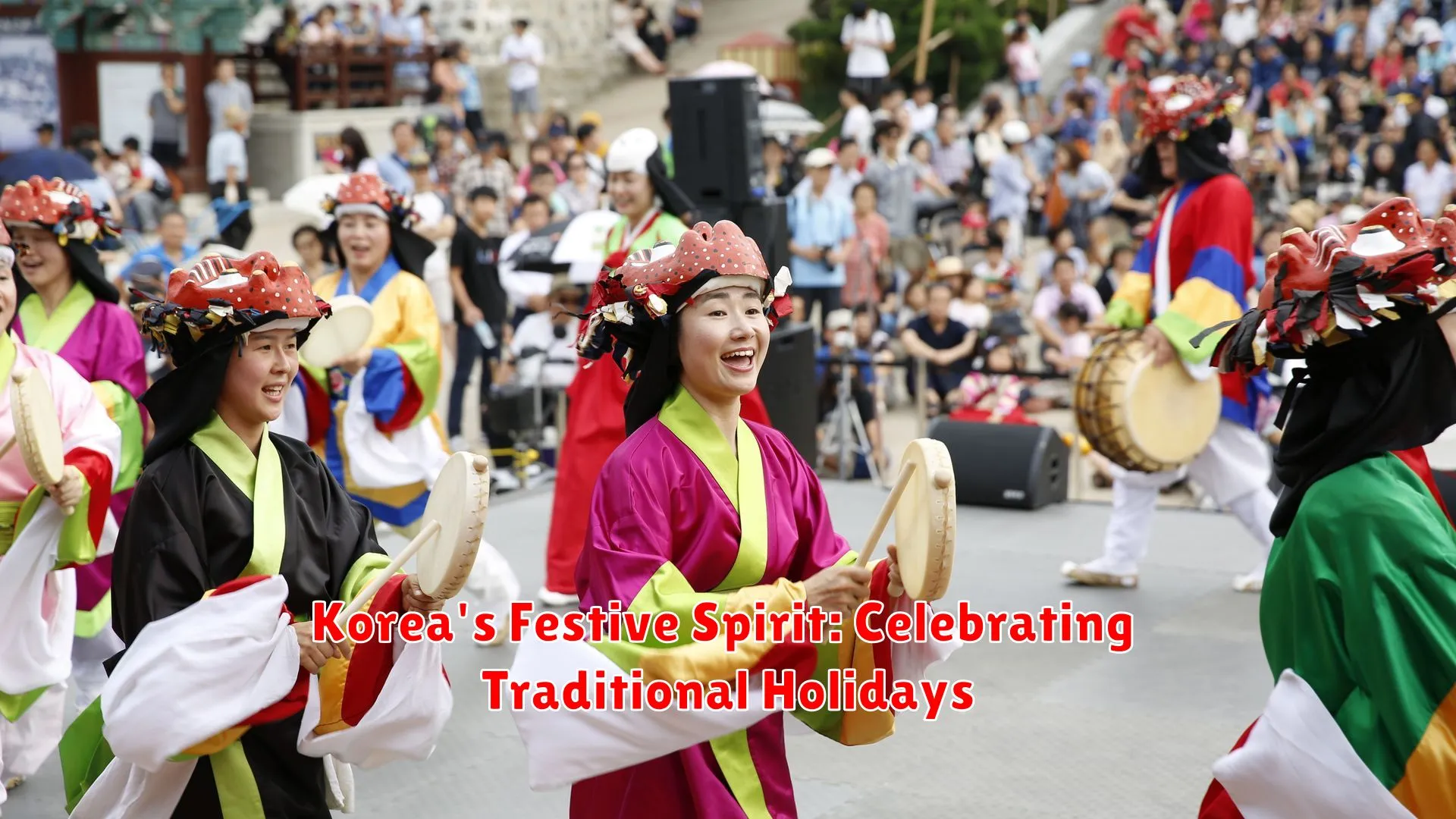Experience the vibrant essence of Korea’s traditional holidays as we delve into the rich cultural tapestry of festive celebrations. From Chuseok to Seollal, immerse yourself in the captivating traditions that embody Korea’s festive spirit.
Experiencing Korean Festivals
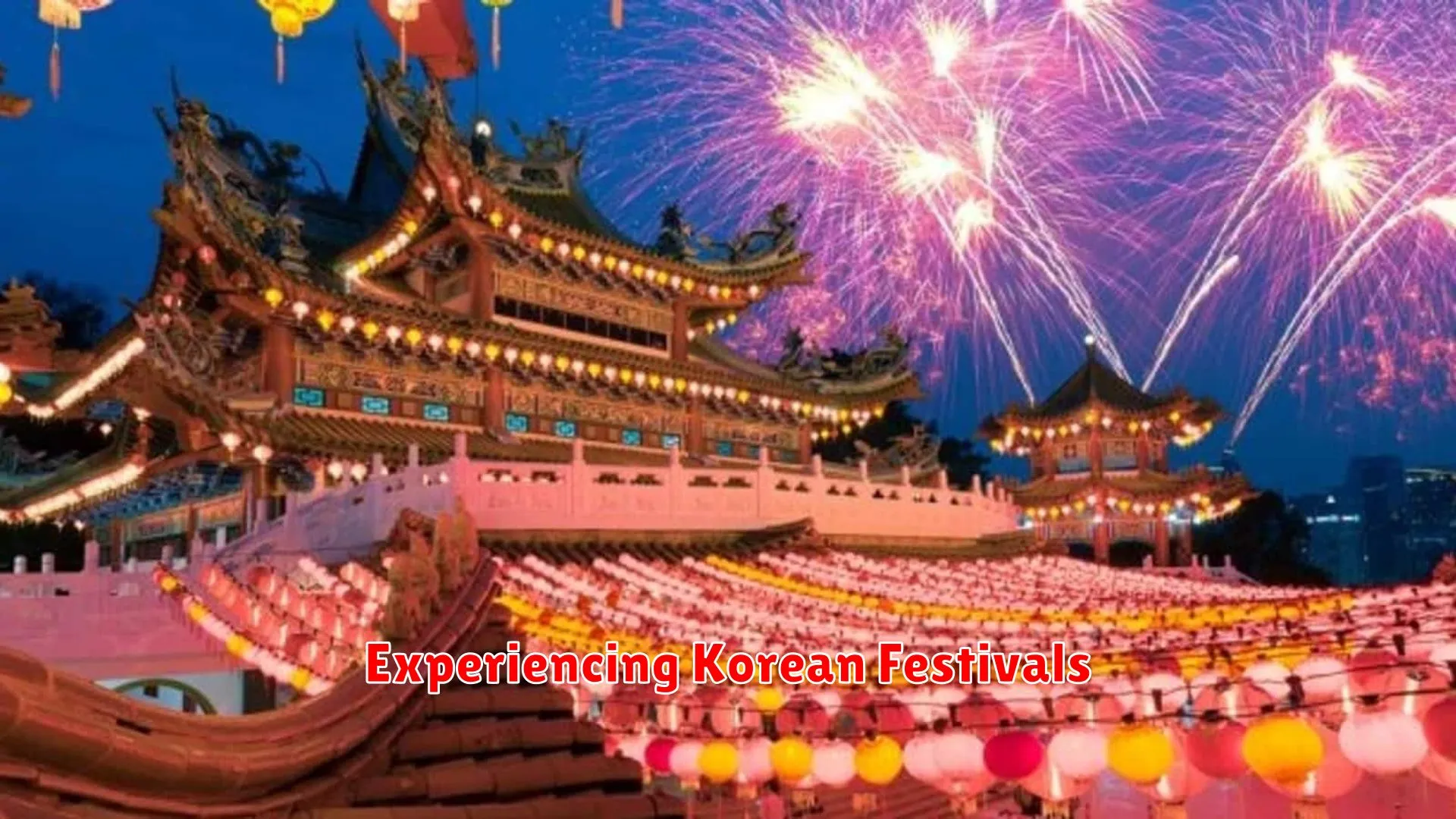
One of the best ways to immerse yourself in Korea’s vibrant culture is by experiencing its traditional festivals. These lively celebrations bring communities together and showcase the rich history and customs of the country.
Whether you visit during the colorful Chuseok festival, known as Korea’s Thanksgiving, where families gather to pay respect to ancestors and enjoy traditional dishes, or witness the mesmerizing Lantern Festival where beautiful lanterns light up the night sky, Korean festivals offer a unique glimpse into the heart of the nation.
During the Seollal or Lunar New Year, the streets come alive with performances, games, and rituals that symbolize good fortune and prosperity for the upcoming year. The Boryeong Mud Festival is another must-see event, where participants from around the world come together to revel in the therapeutic benefits of mud.
Each festival in Korea has its own distinct customs and traditions, providing a fascinating insight into the country’s cultural heritage. Whether you’re dancing in the streets during Daegu’s Colorful Street Arts Festival or marveling at the intricate Lotus Lanterns during Buddha’s Birthday celebrations, Korean festivals offer an unforgettable cultural experience.
The Colorful World of Korean Celebrations
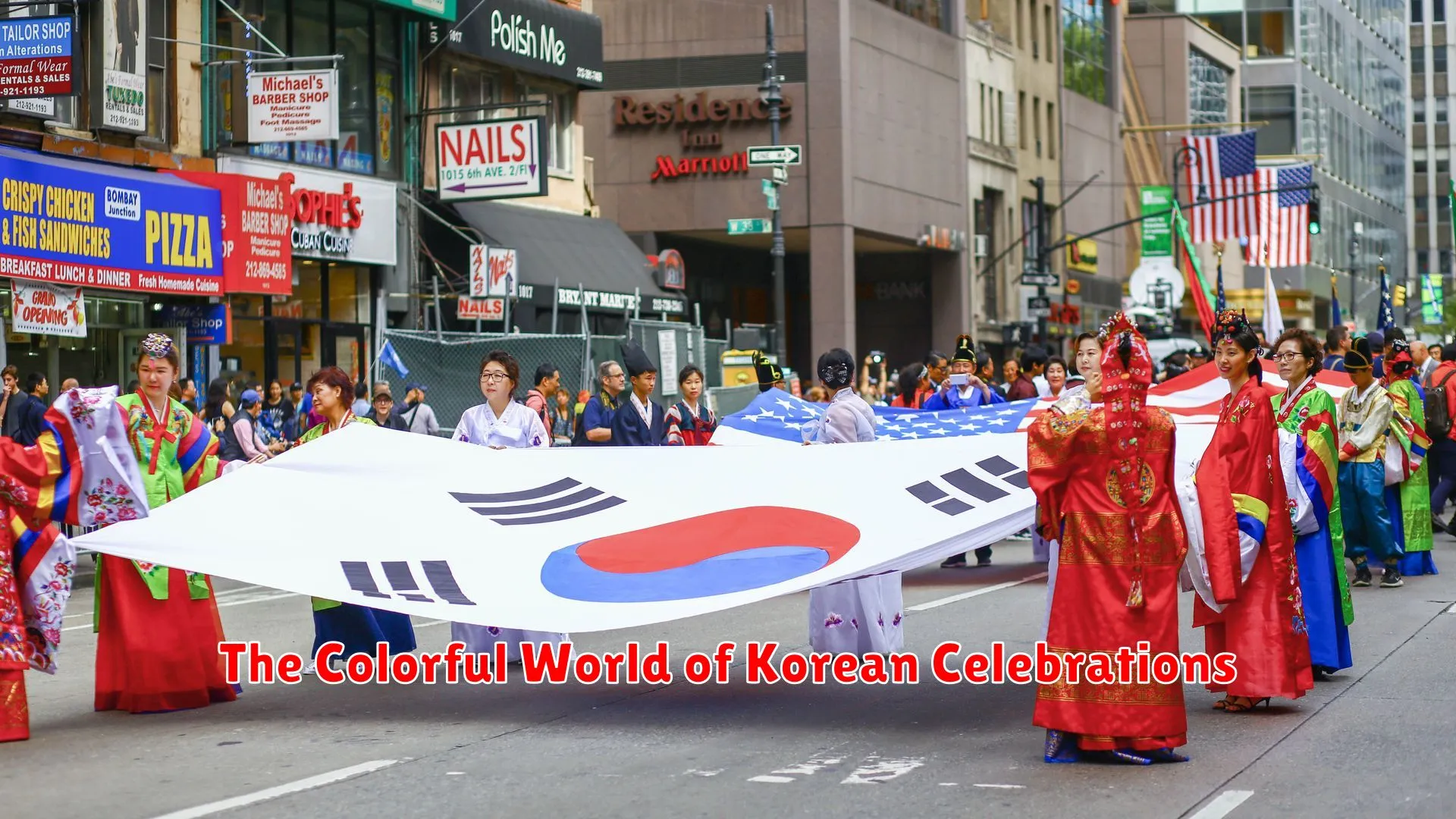
In South Korea, traditional holidays are celebrated with a vibrant and festive spirit that reflects the rich cultural heritage of the country. From ancient rituals to modern festivities, Korean celebrations offer a glimpse into the diverse and colorful traditions that have been passed down through generations.
Chuseok: Harvest Festival
One of the most important traditional holidays in Korea is Chuseok, also known as the Harvest Festival. It is a time for families to come together, pay respect to ancestors, and give thanks for the harvest. During Chuseok, people prepare delicious food such as songpyeon (rice cakes) and participate in traditional activities like the Ganggangsullae dance.
Seollal: Lunar New Year
Seollal, the Korean Lunar New Year, is another significant celebration marked by family gatherings and ancestral memorial rites. The holiday is filled with various customs such as bowing to elders, playing traditional games like Yut Nori, and enjoying special foods like tteokguk (rice cake soup).
Buddha’s Birthday
Colorful lantern festivals are held across Korea to celebrate Buddha’s Birthday, known as Seokga Tansinil. People decorate temples and streets with lanterns, participate in lantern-making workshops, and enjoy parades featuring stunning lantern displays. The festive atmosphere during this holiday is truly enchanting.
Throughout the year, these and many other traditional Korean celebrations showcase the country’s vibrant cultural heritage and provide a joyful experience for both locals and visitors alike.
Traditional Games and Activities
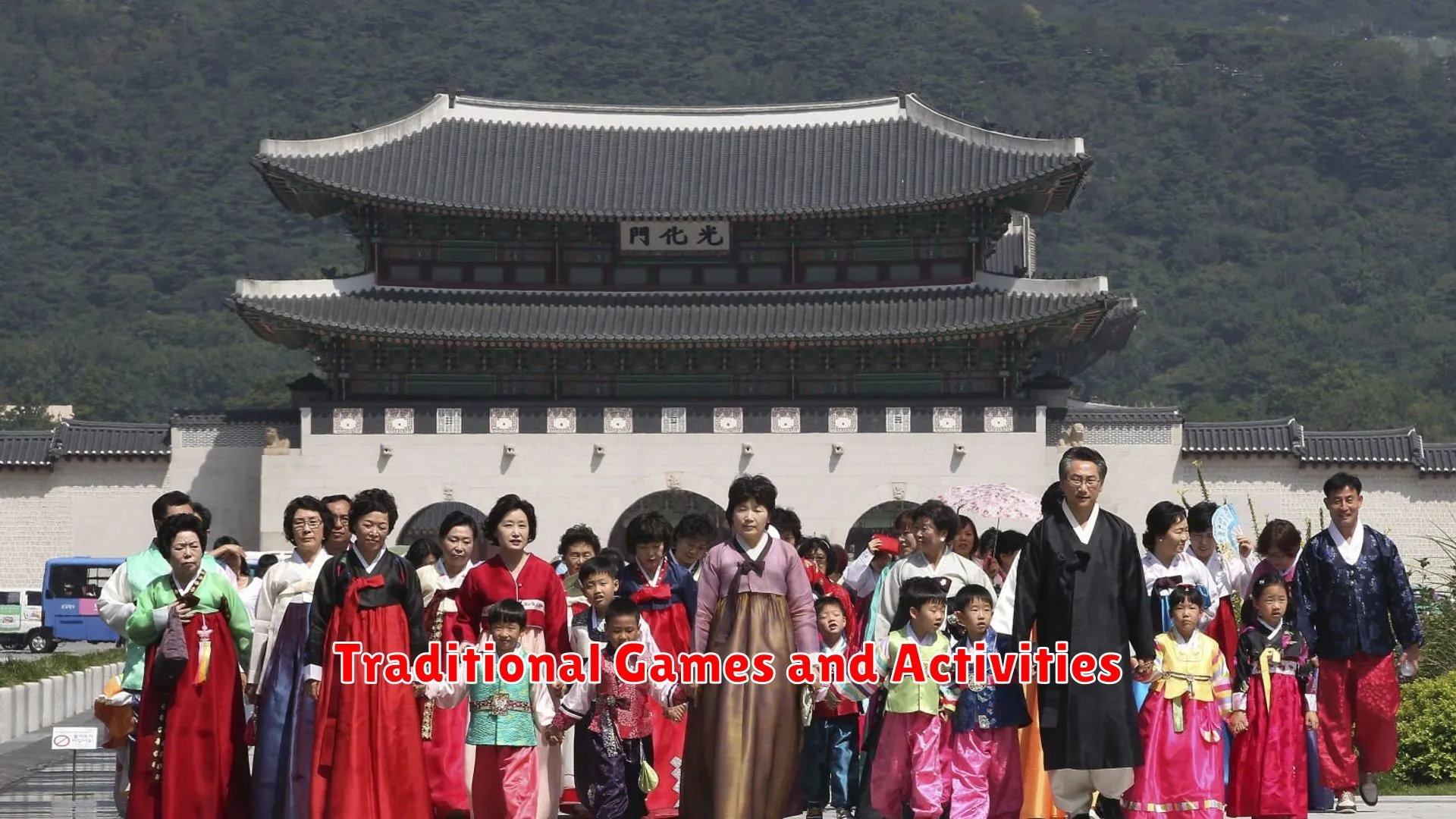
South Korea’s traditional holidays are filled with festive spirit, and a significant part of this celebration involves engaging in traditional games and activities. These activities not only entertain the participants but also hold cultural significance, reflecting the country’s rich heritage and values.
One popular traditional game played during holidays like Chuseok (Korean Thanksgiving) is Yut Nori, a board game that involves using sticks to determine how far one can move. The game requires strategy and luck, bringing families and friends together to enjoy friendly competition and bonding.
Another beloved activity is ssireum, a form of traditional Korean wrestling. During holidays and festivals, ssireum competitions are held, showcasing the strength and skills of participants. It is not only a physical activity but also a way to demonstrate values like respect, discipline, and sportsmanship.
In addition to games and sports, traditional dance performances such as the fan dance and the Lion dance are commonly featured during festive occasions. These dances, accompanied by vibrant costumes and music, captivate audiences and preserve Korea’s artistic heritage.
Sampling Festive Korean Cuisine
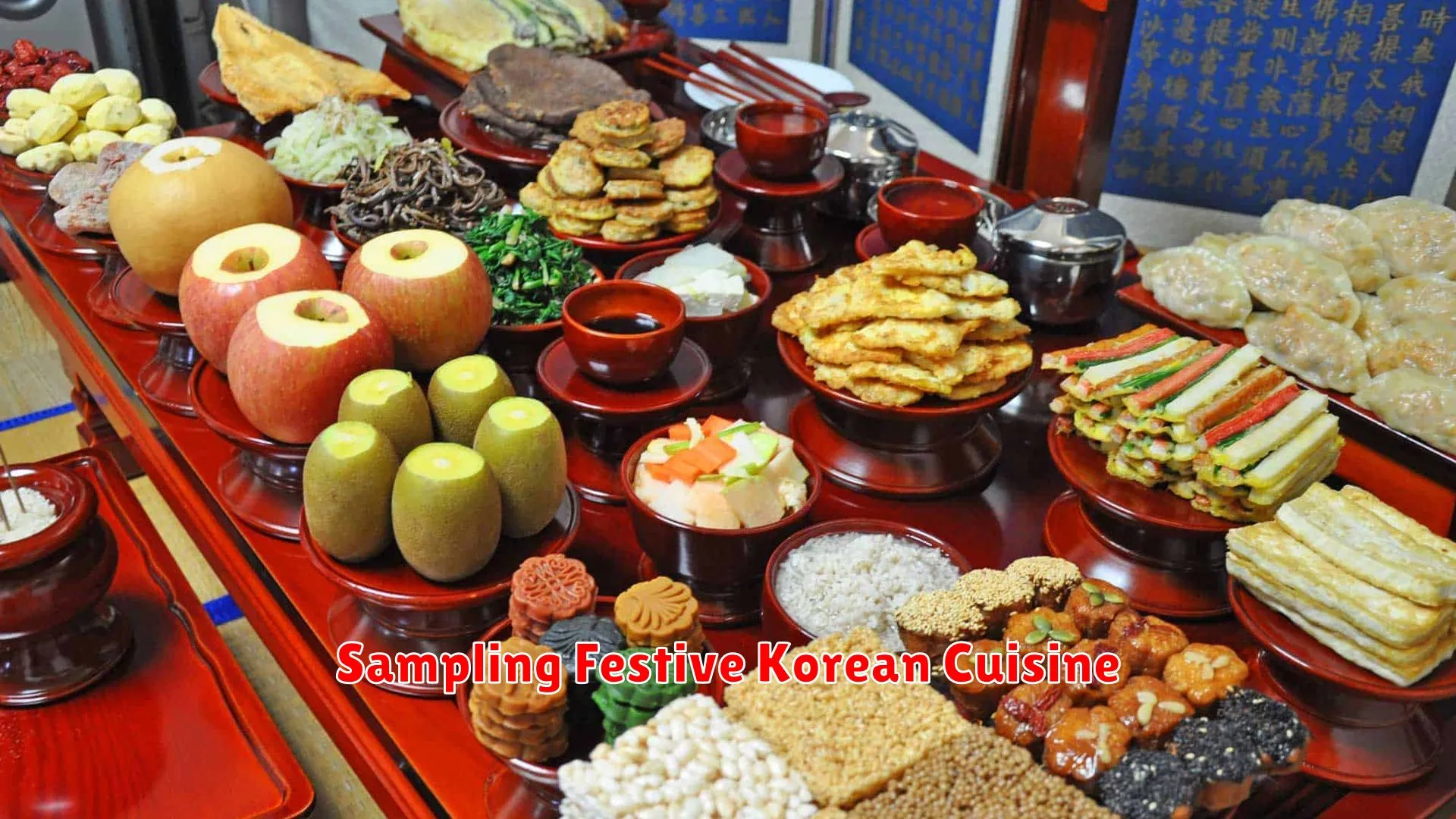
When it comes to celebrating traditional holidays in Korea, one cannot ignore the rich and vibrant cuisine that plays a central role in these festive occasions. Korean cuisine, with its bold flavors and diverse dishes, reflects the cultural heritage and traditions of the country.
During festive seasons like Chuseok (Korean Thanksgiving) or Seollal (Lunar New Year), families gather to partake in hearty meals that are not only delicious but also deeply rooted in Korean customs. Traditional dishes such as tteokguk (rice cake soup) or jeon (pan-fried savory pancakes) are commonly enjoyed during these celebrations.
One of the highlights of sampling festive Korean cuisine is the opportunity to experience the spirit of togetherness and shared joy that these meals bring. It’s not just about the food itself, but also about the connections and memories that are created around the dining table.
Exploring Korea’s festive spirit through its cuisine offers a glimpse into the rich cultural tapestry that defines the country. Whether you’re savoring the crispy texture of hotteok (sweet pancakes) or enjoying the sweet flavor of songpyeon (rice cakes), each bite is a taste of Korean tradition and history.
Conclusion
In conclusion, Korea’s traditional holidays embody a rich cultural heritage and spirit of celebration that unites communities and preserves centuries-old traditions.
